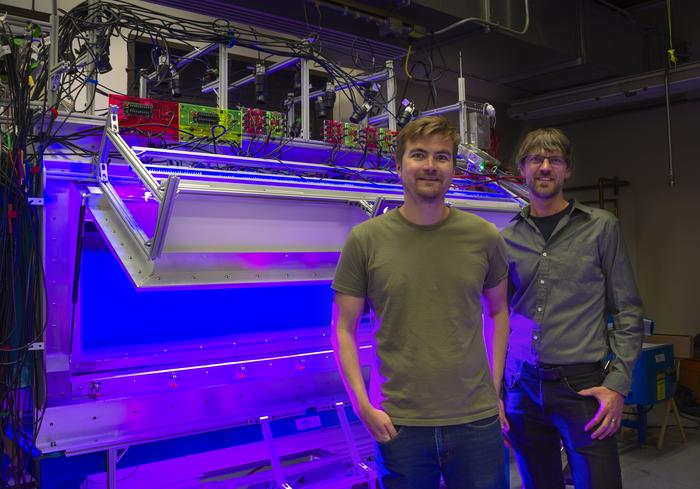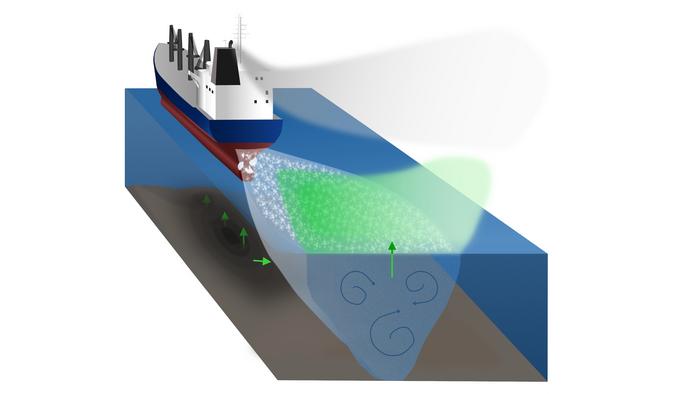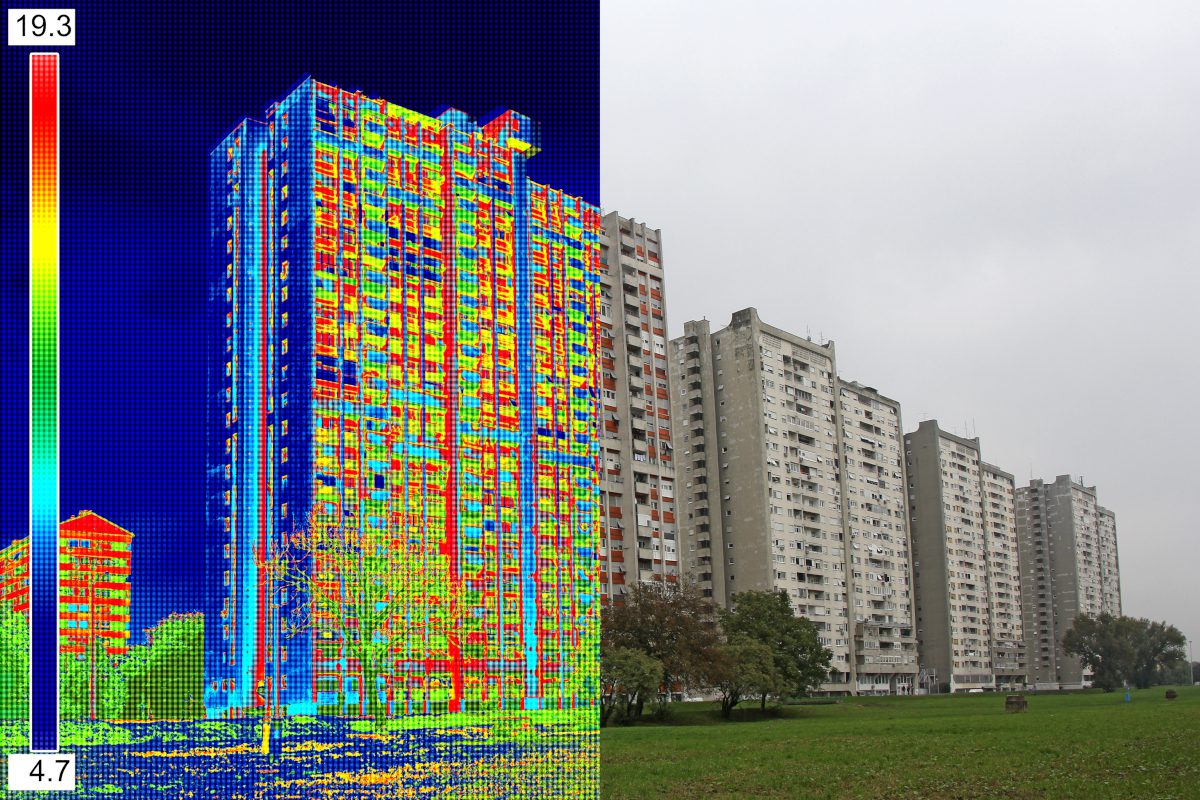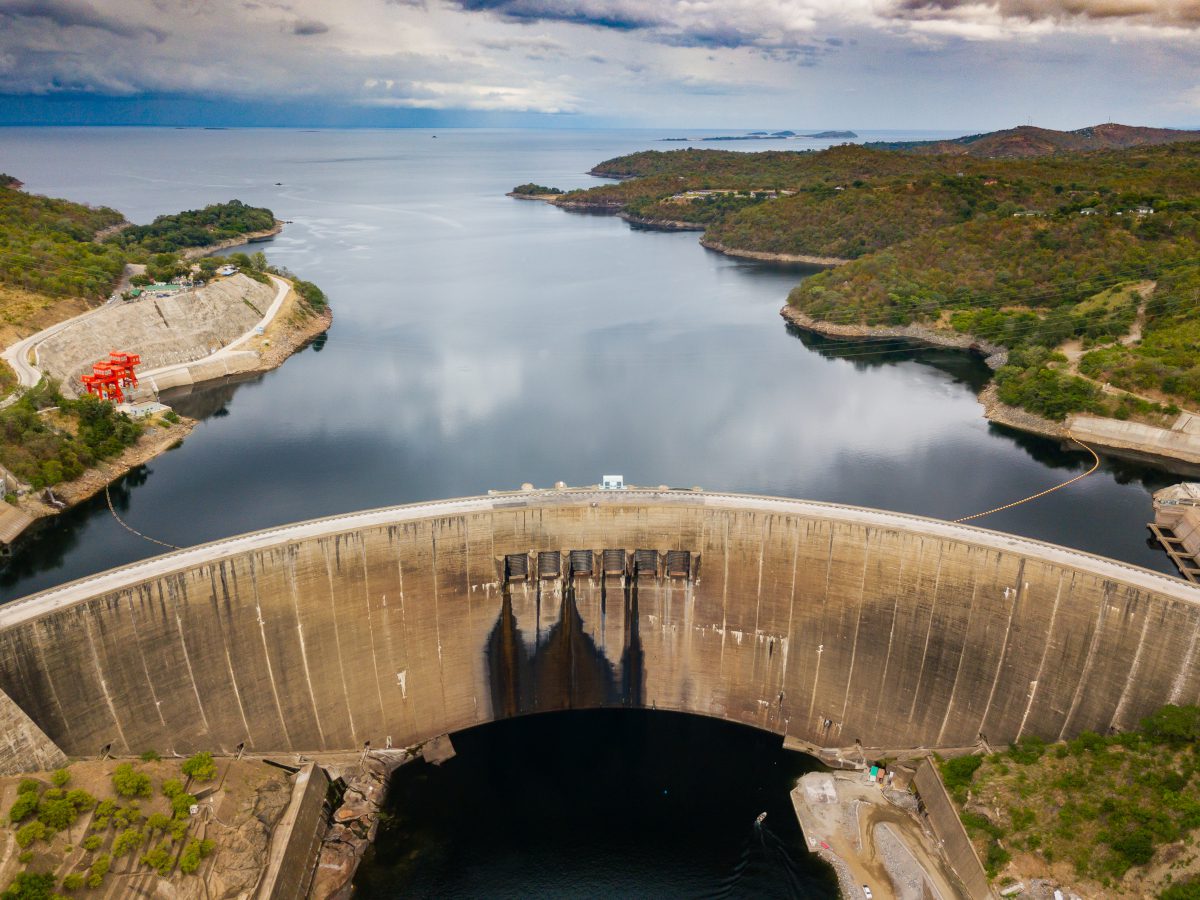How does a fly find its way to that mouldy banana lying concealed in a kitchen cupboard? A question of that order was posed by researchers at the University of Nevada. The answer seemingly offers clues as to how robotic systems might be trained to find the source of chemical leaks or odours, as explained in a study published in the journal Current Biology.
“We don’t currently have robotic systems to track odour or chemical plumes,” said co-author Professor Floris van Breugel. “We don’t know how to efficiently find the source of a wind-borne chemical. But insects are remarkably good at tracking chemical plumes, and if we really understood how they do it, maybe we could train inexpensive drones to use a similar process to find the source of chemicals and chemical leaks.”
A fundamental challenge in understanding how insects track chemical plumes is that wind and odours can’t be independently manipulated.
To address this challenge, van Breugel and co-author S. David Stupski used a new approach that makes it possible to remotely control neurons—specifically those associated with smell— on the antennae of flying fruit flies by genetically introducing light-sensitive proteins, an approach called optogenetics. These experiments, part of a $450,000 project funded through the Air Force Office of Scientific Research, made it possible to give flies identical virtual smell experiences in different wind conditions.
What van Breugel and Stupski wanted to know: how do flies find an odour when there’s no wind to carry it? This is, after all, likely the wind experience of a fly looking for a banana in your kitchen. The answer is in the Current Biology article, “Wind Gates Olfaction Driven Search States in Free Flight.” The print version will appear in the Sept. 9 issue.
Flies use environmental cues to detect and respond to air currents and wind direction to find their food sources, according to van Breugel. In the presence of wind, those cues trigger an automatic “cast and surge” behavior, in which the fly surges into the wind after encountering a chemical plume (indicating food) and then casts — moves side to side — when it loses the scent. Cast-and-surge behavior long has been understood by scientists but, according to van Breugel, it was fundamentally unknown how insects searched for a scent in still air.
Through their work, van Breugel and Stupski uncovered another automatic behavior: sink and circle, which involves lowering altitude and making repetitive, rapid turns in a consistent direction. Flies perform this innate movement consistently and repetitively, even more so than cast-and-surge behavior.
According to van Breugel, the most exciting aspect of this discovery is that it shows flying flies are clearly able to assess the conditions of the wind—its presence, and direction—before deploying a strategy that works well under these conditions. The fact that they can do this is actually quite surprising—can you tell if there is a gentle breeze if you stick your head out of the window of a moving car? Flies aren’t just reacting to an odour with the same preprogrammed response every time like a simple robot, they are responding in context-appropriate manner. This knowledge potentially could be applied to train more sophisticated algorithms for scent-detecting drones to find the source of chemical leaks.


















